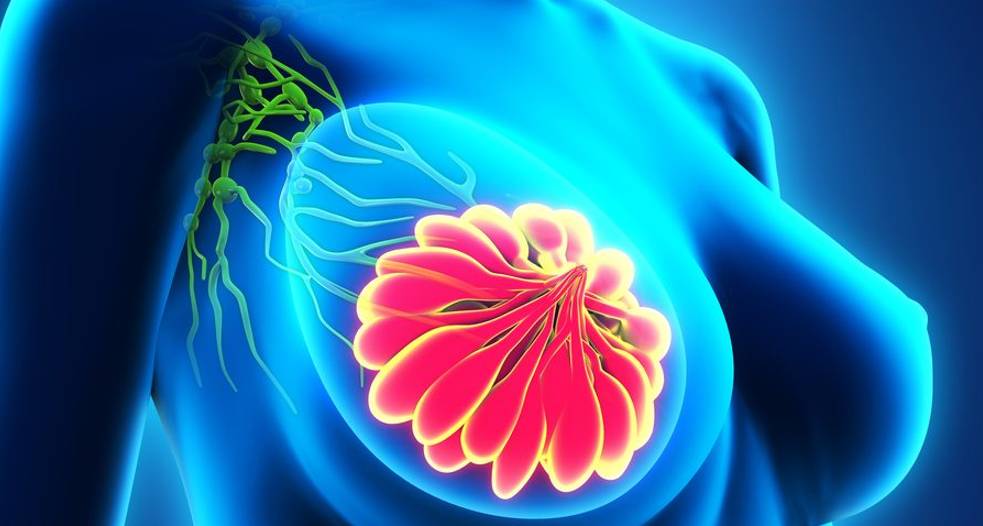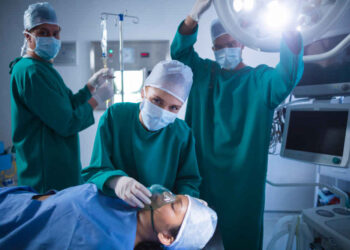According to the American Cancer Society, over 220,000 women will be diagnosed with breast cancer this year. That’s more than 600 women a day. And sadly, over 40,000 of those women will die from the disease.
But there is hope. Thanks to advances in medical technology and screening methods, breast cancer can often be detected early, when it’s most treatable.
There are also things you can do to lower your risk of developing breast cancer in the first place. Here are a few tips:
1) Get regular screenings
All women over the age of 40 should get a mammogram every year. If you have a family history of breast cancer, you may need to start getting mammograms earlier. Mammograms are a way to check for breast cancer. The mammogram is a picture of the breast. It is important to get a mammogram every year if you are over 40 years old. If you have a family history of breast cancer, you may need to start getting mammograms earlier.
Additionally, you should perform breast self-exams every month. This means feeling your breasts for any breast cancer symptoms like lumps or changes in shape. If you find anything unusual, make an appointment with your doctor right away.
2) Eat healthily
Eating a healthy diet can help lower your risk of developing breast cancer. Aim to eat plenty of fruits, vegetables, and whole grains. And limit your intake of red meat and processed meats.
For example, a diet rich in cruciferous vegetables like broccoli, cabbage, and kale may help protect against breast cancer. That’s because these veggies contain substances that can boost the body’s detoxification process.
Also, try to avoid or limit your alcohol intake. Drinking alcohol increases your risk of developing breast cancer. Be sure to talk to your doctor about how much alcohol, if any, is safe for you to consume.
3) Get regular exercise
Exercise isn’t just good for your overall health—it may also help lower your risk of breast cancer. In fact, studies have shown that women who exercise regularly have a lower risk of developing the disease.
So how much exercise do you need to lower your risk? The American Cancer Society recommends at least 30 minutes of moderate-intensity activity, like brisk walking, five days a week. Or, you can do 20 minutes of vigorous activity, like jogging or running, three days a week.
To make a workout schedule you need to consider your daily routine and how to work around it. You also need to find an activity that you enjoy so that you’re more likely to stick with it.
4) Maintain a healthy weight
Being overweight or obese increases your risk of developing breast cancer. In fact, studies have shown that women who are overweight or obese have a higher risk of developing the disease.
To lower your risk, aim to maintain a healthy weight. This means having a body mass index (BMI) that’s in the normal range. You can calculate your BMI using a BMI calculator.
If you’re overweight or obese, talk to your doctor about ways to lose weight safely. They can help you create a healthy diet and exercise plan. For example, you may need to eat fewer calories and exercise more.
An example of a good exercise plan is to walk for 30 minutes a day, five days a week. You can also try jogging or running for 20 minutes three days a week.
5) Limit your exposure to hormone therapy
Hormone therapy is a treatment used to relieve symptoms of menopause. But it can also increase your risk of breast cancer. So, if you’re considering hormone therapy, talk to your doctor about the risks and benefits.
They can help you decide if the treatment is right for you. If you do choose to take hormone therapy, be sure to use the lowest dose possible for the shortest amount of time.
Additionally, avoid taking birth control pills. Birth control pills contain hormones that can increase your risk of breast cancer. If you’re considering birth control, talk to your doctor about the risks and benefits. Similarly, if you’re taking birth control pills, be sure to use the lowest dose possible for the shortest amount of time.
6) Don’t smoke
Smoking increases your risk of developing breast cancer. In fact, studies have shown that women who smoke have a higher risk of developing the disease.
So, if you smoke, it’s important to quit. There are many resources available to help you quit smoking. Your doctor can also help you create a quitting plan.
For example, you may need to use nicotine replacement therapy. This treatment can help reduce withdrawal symptoms and make it easier to quit smoking.
7) Limit your exposure to radiation and environmental pollutants
Exposure to radiation and environmental pollutants can increase your risk of developing breast cancer. So, it’s important to limit your exposure to these substances.
If you work in a job that exposes you to radiation, talk to your employer about ways to reduce your exposure. And if you live near a power plant or other source of pollution, try to stay indoors as much as possible.
In addition, be sure to eat foods that are low in pesticide residue. Pesticides are chemicals that are used to kill pests. But they can also increase your risk of developing cancer.
You can reduce your exposure to pesticides by eating organic fruits and vegetables. You can also wash your produce before you eat it.
Breast cancer is a serious disease that can be deadly if not treated. But with today’s medical advancements, there are many ways to prevent the disease from developing in the first place. So, if you want to reduce your risk of breast cancer, be sure to get regular exercise, maintain a healthy weight, limit your exposure to hormone therapy, don’t smoke, and limit your exposure to radiation and environmental pollutants. The bottom line is that by following these tips, you can lower your risk of developing breast cancer.










